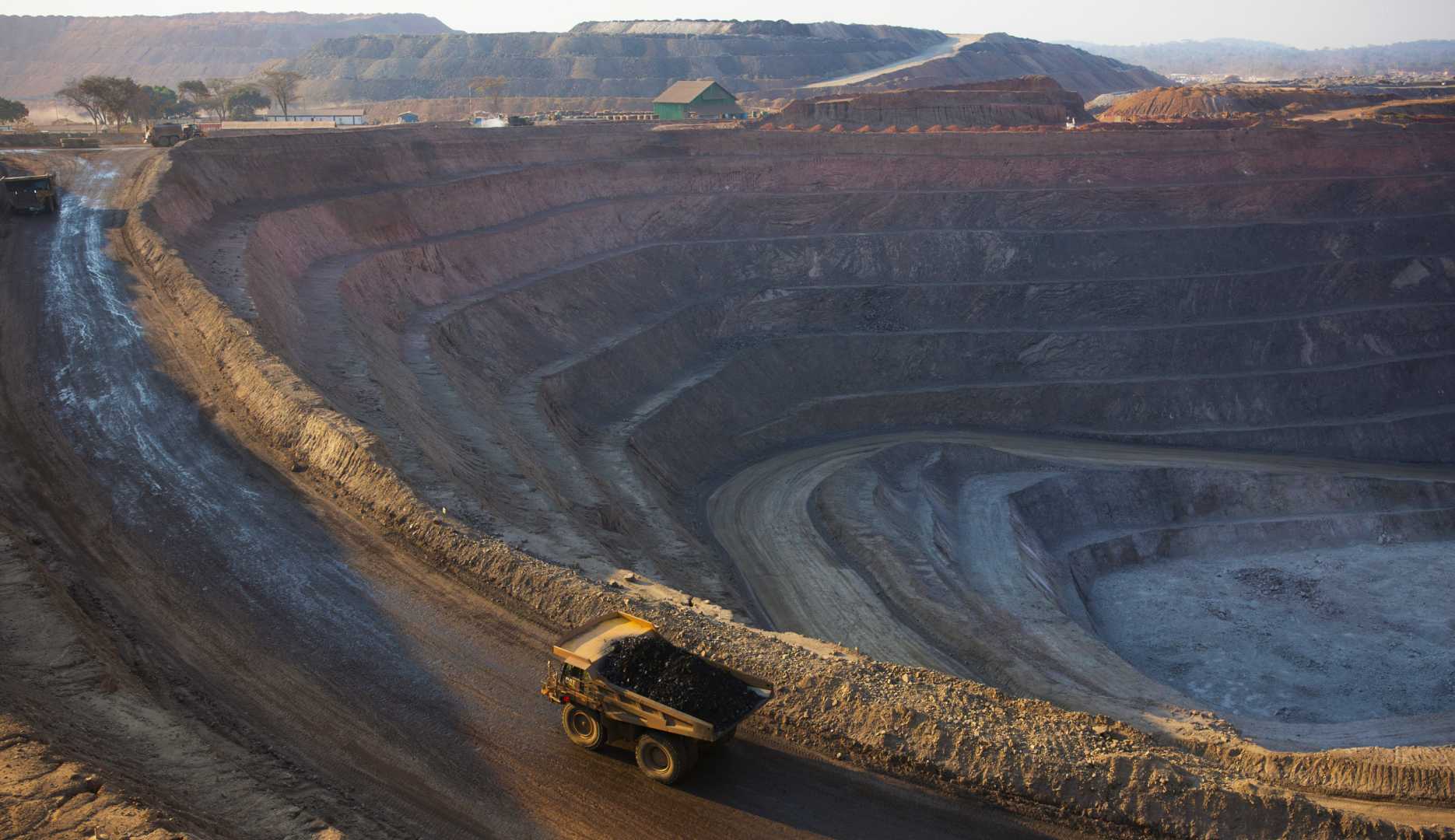Business
Volatile Metal Prices Affect Glencore’s Dividend Outlook

Glencore, one of the leading mining companies, has experienced significant fluctuations in its stock valuation in recent years, driven largely by the variable nature of commodity prices. Despite this volatility, income investors have benefitted from substantial dividend payouts.
In 2022, Glencore’s shareholders received a total dividend per share of $0.56, with about one-third coming from special, one-time payouts distributed throughout the year. In total, $7.1 billion was returned to investors. Although commodity prices cooled in 2023, alongside global inflation, Glencore still managed to distribute another $1.6 billion in dividends, with a similar pattern expected for 2024.
According to market analysts, the key question for income investors is the future direction of Glencore’s dividends. The company, like its mining counterparts, does not possess pricing power over its commodities, which are governed by global supply and demand forces. This dependency on market fluctuations can be beneficial or detrimental, depending on the state of the global economy. The spike in metal prices in 2022 exemplified the company’s increased profitability, but a subsequent decline led to a sharp drop in dividends.
Glencore’s management has turned its strategic focus toward copper, a metal in high demand for renewable energy technologies and electric vehicles, which has seen its price rise by almost 20% since early 2024. At the same time, the company’s interest in coal remains strong, evidenced by the reversal of its decision to spin off its acquisition of Elk Valley Resources, a steelmaking coal supplier, in response to rising steel demand.
The unpredictable nature of commodity markets makes forecasting dividends quite challenging. Current analyses suggest that Glencore’s dividends might remain flat over the next five years. These projections, however, should be approached with caution, as they are contingent upon various assumptions that may not materialize. Historically, predictions about Glencore have been hit or miss due to currency exchange risks and other variables, such as changes in USD and GBP rates.
Despite Glencore’s optimistic outlook on copper, the flat dividend forecast could be attributed to the company’s efforts to reduce debt levels, thereby limiting its ability to increase dividends. This financial prudence is viewed by some analysts as necessary to fortify Glencore against future commodity price downturns. However, for investors seeking consistent dividend growth, Glencore shares might not currently appear as an optimal choice for passive income.












